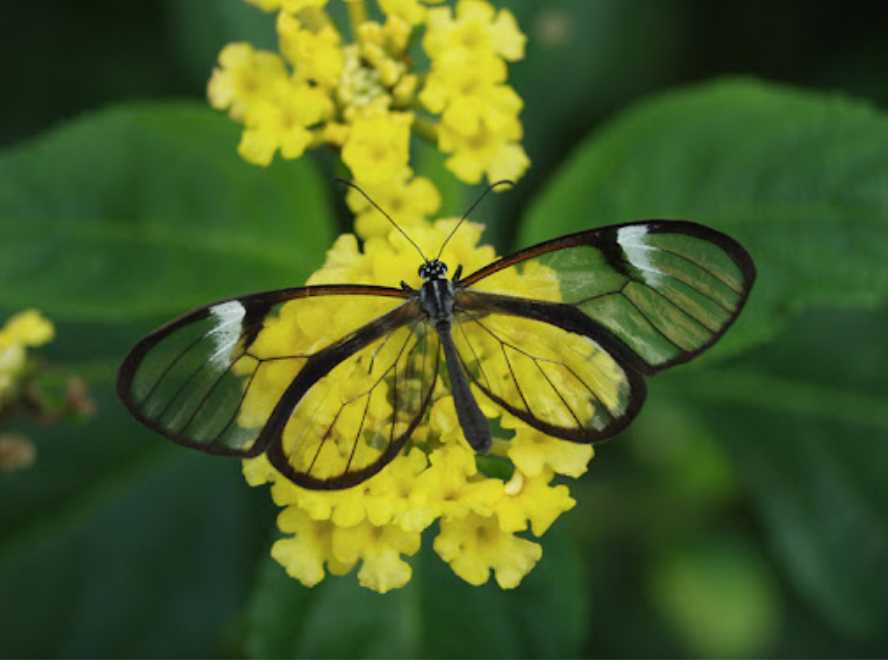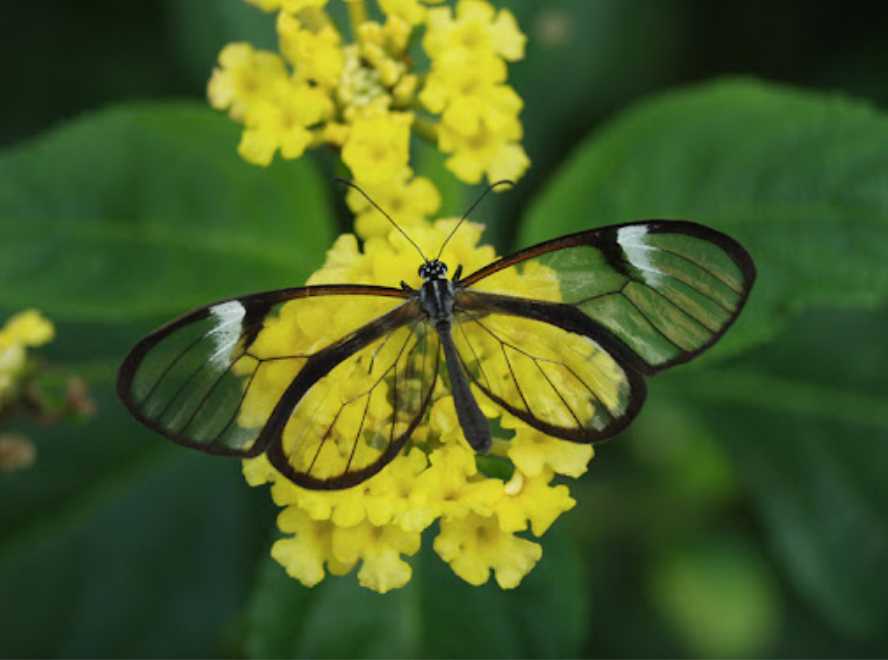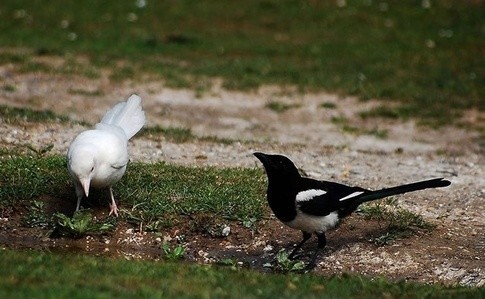The Glasswing Butterfly: Nature’s Transparent Wonder Hunted for Its Elusive Beauty
Scientifically named Greta oto, the glasswing butterfly belongs to the family Nymphalidae, subfamily Danainae, tribe Ithomiini, and subtribe Gretae. Renowned for its ethereal, translucent wings, this Central and South American species has evolved a survival strategy that paradoxically draws human attention—turning its natural defense against predators into a curse.

Source: Images from the Internet, if there is any infringement, please contact the removal of
Transparency as a Survival Mechanism
The glasswing’s wings are nearly invisible in flight, thanks to a lack of pigmentation and a membrane so thin it scatters minimal light. This "crystal clear" design allows it to blend with sunlit foliage, evading birds and insects that rely on vision to hunt. Veins reinforced with chitin provide structural support, while tiny bumps on the wing surface reduce light reflection, enhancing transparency.
Native to rainforests from Mexico to Panama, the butterfly thrives in forest edges and gardens. Its caterpillars feed on toxic plants like Cestrum, storing alkaloids in their bodies to deter predators—a trait shared by many clear-winged butterflies. Adults sip nectar from flowers, using their transparency to approach blooms undetected.
From Natural Adaptation to Human Target
While transparency evolved to avoid predation, the glasswing’s unique appearance has made it a prized specimen for collectors and a symbol in art and fashion. Illegal trafficking of its wings, often used in jewelry or decor, threatens local populations. Additionally, habitat loss from deforestation and climate change compounds risks, as the butterfly relies on specific host plants for reproduction.
Conservationists emphasize the need to protect its ecosystem rather than targeting the species alone. Organizations like the Rainforest Alliance promote sustainable tourism, where visitors can observe glasswings in the wild without disturbing them. Scientifically, the butterfly’s wing structure inspires innovations in optics and renewable energy, with researchers studying its anti-reflective properties for solar panel design.
In the lush canopies of the Neotropics, the glasswing butterfly embodies nature’s delicate balance: a creature whose survival hinges on invisibility, now forced to navigate human desire for its beauty. Its transparent wings serve as a reminder that even the most ingenious evolutionary traits offer no protection against human greed—and that preservation of wild spaces remains the only way to keep such wonders alight.
-------- END --------






